Horses in Celtic Mythology
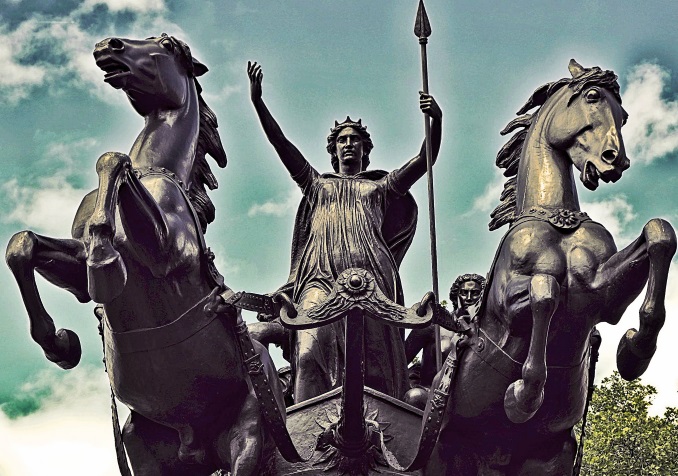
Amongst Celtic peoples the horse has always been highly venerated and seen as a prized possession. Horses were viewed as status symbols, treated with great respect, treasured and well cared for. There was a great bond between Celts and their horses. The esteem in which they were held is not surprising when the impact of the animal on everyday life, survival and battle are considered. The Celts were known as very skilled cavalry fighters and charioteers. The Romans used mercenaries from Gaul because they were known to have these skills. The importance of chariots in battle is recounted in Irish medieval literature that draws on much older ancient folklore. Such stories are told in the Ulster Cycle featuring the legendary Irish warrior Cú Chulainn, son of the god Lugh associated with the pre-Christian Celtic pantheon of the Tuatha Dé Danann.
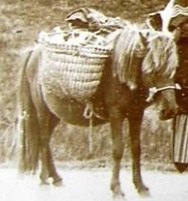
It was not only in regard to battle that horses played a prominent role in Celtic society. The Shetland Pony is one of many examples of their importance to humans. They are sturdy, have a thick coat, short legs and noted for their intelligence. They are suited to the environment of the Shetland Islands and it is thought that small horses have been kept on the Shetlands since the Bronze Age. They were vital for cultivation, transporting goods and people as well being adapted for use in a variety of settings. The Shetland fishermen also used the hair from the tails of the ponies for their fishing lines.
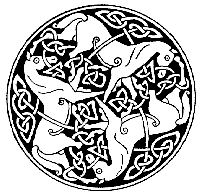
With this great importance in all areas of life it is perhaps not surprising that the horse took on religious significance in Celtic communities. They believed that the care that they took of them was reciprocated, with the horse acting as a protector. This religious importance is witnessed by the many ancient images of the horse carved in stone and onto landscapes. They hold a significant place in stories of the Celtic gods and mythological tales. The horse has featured in symbolism and Celtic art and design throughout the centuries. The ancient Celtic styled depiction of horses continues to be re-used today. One such example is The Celtic Council of Australia which uses the beautiful image of three horses interwoven in Celtic design as a symbol.
Celtic Gods and their horses
Perhaps one of the best known of the Celtic deities associated with horses is the goddess Epona. She is seen as a protector of horses, donkeys and mules. She is the only Celtic god that was also worshipped in Rome. Little is written about Epona other than references in some Roman literature and on inscriptions on carved images of the goddess. The name Epona derives from Gaulish which was a Celtic language spoken in Gaul and other parts of continental Europe from around the 6th century BC to the 6th century AD. She is usually depicted riding or standing between two horses.
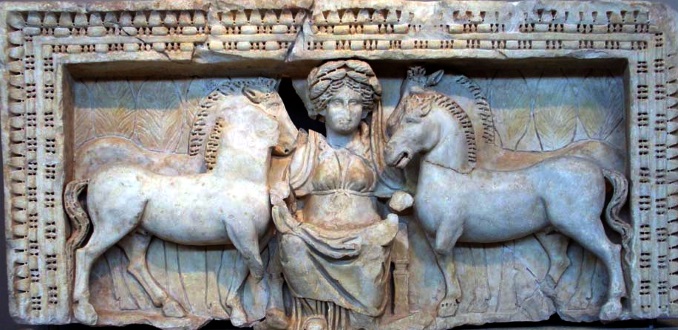
In Welsh mythology Rhiannon is a figure from the Otherworld, which is the realm of deities, spirits and dead ancestors in Celtic mythology. Rhiannon appears in the stories contained in the Mabinogi (also known as Mabinogion). This is the collection of Welsh medieval prose dating from the beginning of the twelfth century recounting tales from earlier oral tradition. She first appears in the First branch of the Mabinogi as the beautiful woman from the Otherworld riding a white horse. The Prince of Dyfed, Pwyll, sends his horsemen to follow her and bring Rhiannon to him, but no matter how hard they ride they are never able to catch up with her, even though she always appears to them to be riding very slowly. Eventually the Prince tracks her down himself and although he is not able to catch her, persuades her to stop for him. The story goes on to recount the story of how they married and she became queen of Dyfed.
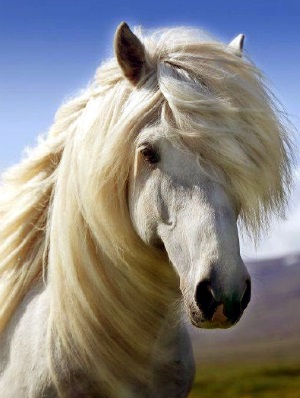
Then there is the magnificent horse Enbarr of the Flowing Mane associated with the great Celtic Sea god Manannán mac Lir. He features in Irish, Scottish and Manx mythology and is Cognate with Manawydan fab Llŷr in Wales. Manannán is closely associated with the Isle of Man (Mannin) and it is from him that the Island derives its name. He is referred to as Mannin’s first ruler and ceremonies continue to be held on the Island in his honour. His role as a god of the Tuatha Dé Danann (Tuatha Dé) is recounted in many Celtic stories.
Stories of the Tuatha Dé have been told through medieval Irish literature which was based on much earlier tales handed down through oral traditions of storytelling. Manannán was known to have been a great magician and was in possession of a number of enchanted items with astounding magical powers. However, there is little to match his magnificent steed Enbarr of the Flowing Main. This horse could travel over land and sea and it is said that Manannán lent Enbarr, along with other of his possessions to his foster son Lugh, who fought battles for the Tuatha Dé Danann in Ireland.
Irish literature has many references to horses such as those contained in the Ulster Cycle. This is one of the four cycles of Irish mythology containing Irish sagas and legends. The cycles are the Mythological Cycle, Ulster Cycle, Fenian Cycle and Historical Cycle. In part of this medieval collection of tales is the Táin Bó Cúailnge (The Tain). In this legend there are a number of references to chariot warfare involving the hero Cú Chulainn. He is said to have had two horses, Liath Macha (the Grey of Macha) and Dubh Sainglend (Black Sainglenn). Both of these horses came out of lakes and were tamed by Cú Chulainn for use in battle.
Horses and Creatures that take on their form in Celtic Mythology
Horses and entities that take on their form are described in folklore throughout the Celtic nations. Some are creatures that are shape-shifters that can take the appearance of a horse. In carvings on ancient stones and in stories handed down since the time of pre-history reference is made to horse-like mythical creatures. Many inhabit lochs, rivers, lakes, waterfalls and the sea. Others feature in tales such as that of the lost Breton City of Kêr-Is that sunk beneath the sea. The story involves the Queen of the North, Malgven and King Gradlon. The pair rode Morvarc'h, Malgven’s magical black horse, who is described as being able to ride on the sea and breathed fire from his nostrils. Lyonnesse is another land off the coast of Cornwall that disappeared under the waves and whose sole survivor escaped to higher ground on a horse that famously lost a shoe in the escape.
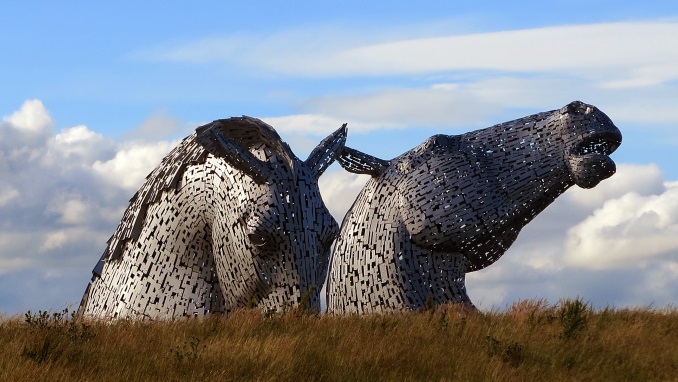
Creatures that live in water, but can shape-shift into horse form, feature in the entire Celtic world. They include Ceffyl Dŵr - a water-horse in Welsh mythology and said to inhabit waterfalls and pools. Pwca – is also a fairy figure in Welsh mythology that can take the shape of a horse. It is a spirit that appears linked in origin to the Irish Púca and Cornish Bucca. Kelpie - is a water-horse in Scottish mythology. A bit sinister this is a shape-shifter that lures people to ride it then takes them beneath the water. Each-Uisge is another Scottish water horse, but also (known in Ireland as Ech-Ushkya) that inhabits lochs and poses a threat to humans and other animals. Cabbyl-Ushtey-is a water creature from Manx mythology taking horse-form, also associated with another shape-shifter the Glashtin.
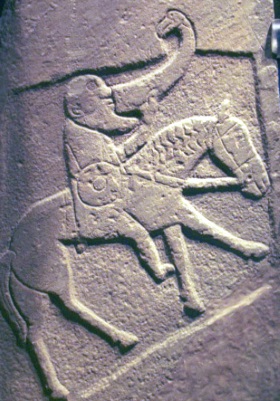
Some creatures with horse like appearances remain a mystery as the only record exists on standing stones. One such example is that found on Pictish carvings in Scotland. The Picts were a Celtic people that lived in northern and eastern Scotland from the late Iron Age period. They are thought to have merged with Gaels (speakers of the Gaelic languages) after which that language became dominant and the Celtic language of the Picts was lost. In Pictish art the image of a horse like creature can be seen. Although it is no longer clear what this image represented it was clearly important as it appears in so many Pictish carvings and art.
The ghosts of horses can also be found in many tales. In Cornwall, so steeped in Celtic mythology, horses often still feature in many recent ghost stories with shocked travellers telling tales of an encounter with horse drawn carriages that could only have existed centuries before. They can also be associated with death and where would the tale of Ankou in Breton folklore be without the black horses that pull his cart as he roams Brittany collecting the soles of the dead.
Celtic bond with the horse persists
The place of the horse in Celtic culture remains strong. In historical Celtic literature, mythology and art the horse is a potent symbol which takes on supernatural dimensions. The ancient legends continue to be told and new stories written. Celtic art featuring the horse is re-produced with new designs created. They all demonstrate the continued importance of the horse. So the horse is set to continue to maintain its place in Celtic culture and society. Our own history and beliefs are woven closely with this magnificent animal and has been from the time and even before they began to be domesticated in around 4000 BC.
- Pan-Celtic
- English





